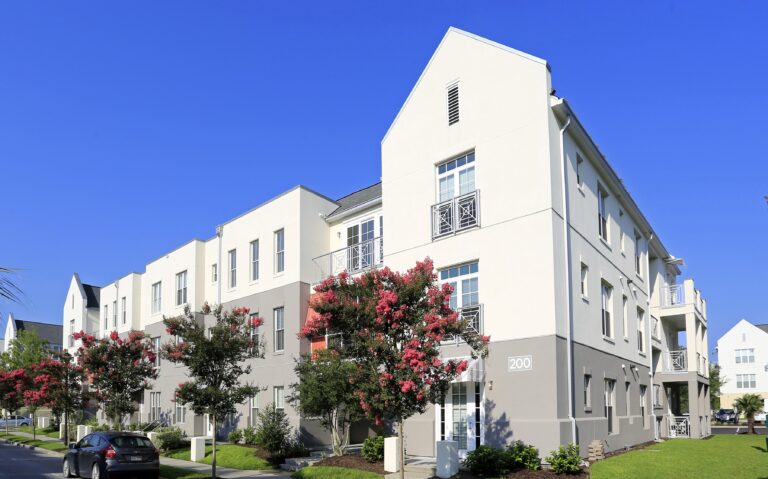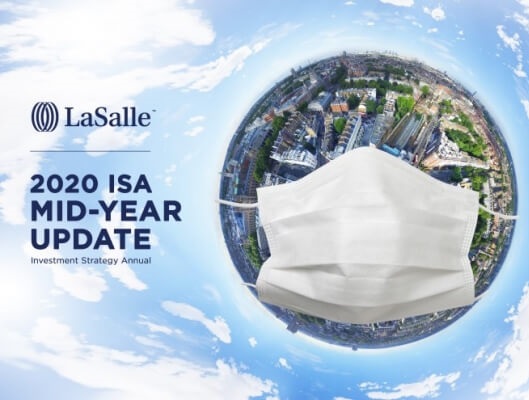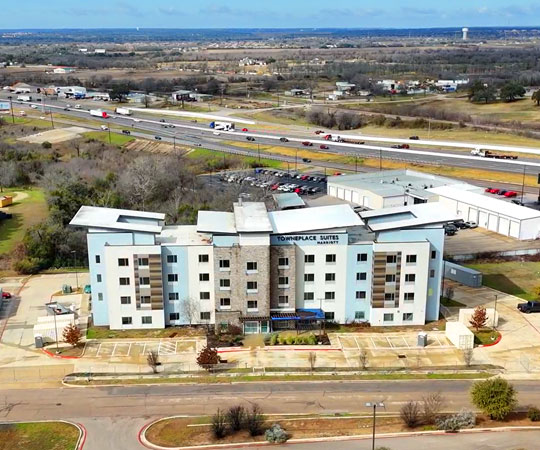-
An unexpected way for a cycle to end
For the last three years, at LaSalle’s client seminars, we would try to envision the way that the current cycle might end. In the case of Australia, China and South Korea, this was a real stretch of the imagination, since the economic expansions in these countries were all longer than 25 years. In the US and Canada, as well as in much of Western Europe, an uninterrupted growth cycle lasted ten years, dating back to the Global Financial Crisis (GFC). A few European countries (Poland and Slovakia) survived the GFC without going into a recession at all, while other G-20 countries (including Japan, France, Italy and Spain) flirted with mild recessions several times over the last ten years. Nevertheless, our collective experiences through previous cycles in the prior 30 years conditioned us to be looking for the signs of the next downturn.
We came up with a series of fairy tale metaphors: The three bears who ended the Goldilocks slumber party and The Boy Who Cried Wolf. Grizzly Bears stood for geo-political crises. Polar Bears represented too-tight central bank policies. Honey Bears represented over-reliance on fiscal stimulus and unsustainable deficits. The shepherd boy in the “wolf” story reminded us that eventually a wolf shows up–you and your flock need to be prepared. Although these stories were amusing, the topic was serious. All expansions throughout human history eventually come to an end and investors need to be prepared. The economist Josef Schumpeter coined the phrase “creative destruction” to remind us that downturns also play a cleansing role that leaves an economy well-positioned for the next expansion. We firmly believe that this could happen with the COVID-19 crisis.
Now, in the year 2020, we have a live example of an unexpected and severe threat to human life, prosperity, and investment portfolios. When our offices shut and business travel halted, we all had a mass education in how pandemics work. Many of us have become daily consumers of COVID-19 case and mortality data. As real estate investment managers, our jobs have quickly pivoted. We must figure out the appropriate actions to take to defend the income-generating power of the properties we invest in. At the same time, we also have the fiduciary responsibility to look around the corner and to develop plans to go back on offense in the second half of 2020 or in 2021 on behalf of the clients whose assets we are entrusted with.
We have already begun this forward-looking task for the Mid-Year update to LaSalle’s ISA. This is not easy. It took noted economic historian Adam Tooze eight years to research and write Crashed, which documented “The First Crisis of a Global Age” – the 2008-2009 financial crisis. Now, just two years after Tooze’s book was published, we have the second crisis of the global age to contend with. Using the Tooze timeline, it could take until 2028 for academics to figure out exactly what COVID-19 means for the global economy. In the meantime, it is our intention to get started now, which is exactly what you will find in our mid-Year update.
We hope that readers will find our look into the future of retail, office and logistics properties to be helpful as we recalibrate what to expect from real estate portfolios in the years ahead. We welcome and encourage your responses and comments on our analysis.
LinkDownload the report

Apr 02, 2025
Spotlight: Six reasons to consider real estate debt in 2025
Investors seeking reliable income streams and stability are increasingly turning to real estate debt investments.



